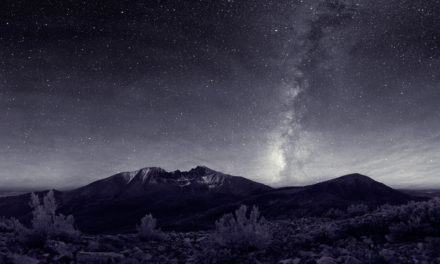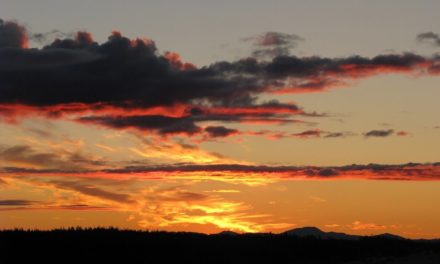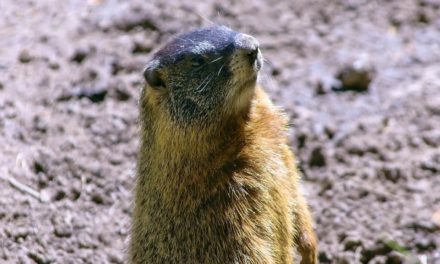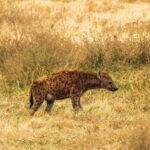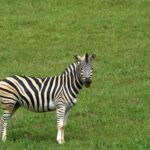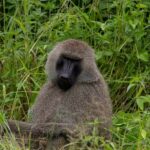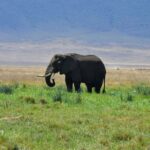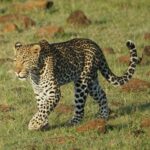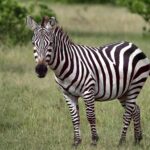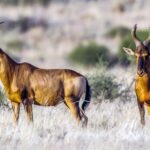Table of Contents
Overview / About the Park
Canyonlands National Park spreads across a vast section of southeastern Utah, where the Colorado and Green Rivers carve deep canyons through red rock desert.
It’s the largest national park in Utah and feels truly wild, a maze of mesas, arches, and cliffs shaped by water, wind, and time.
The park is divided into four distinct districts: Island in the Sky, The Needles, The Maze, and the Rivers themselves. Each offers its own landscape and level of adventure.
Standing on a rim at sunrise, it feels like looking into another world, endless stone and silence.
Wildlife & Nature
Though harsh and dry, Canyonlands supports life in surprising ways. You might spot bighorn sheep, mule deer, coyotes, and desert birds like ravens and red-tailed hawks.
Reptiles thrive in the heat, from collared lizards to small snakes sunning on the rocks.
Vegetation includes hardy juniper, sagebrush, and prickly pear cactus, all adapted to the desert’s extremes.
The park’s geology tells a 300-million-year story, from ancient rivers to uplifted plateaus and deep-cut canyons.
Experiences & Activities
Scenic Drives:
- The Island in the Sky district offers easy access and sweeping overlooks like Mesa Arch, Grand View Point, and Green River Overlook.
- The Needles district is great for hiking and exploring red rock spires.
- Hiking: Try Mesa Arch Trail (easy and iconic), Upheaval Dome, or the Chesler Park Loop for longer adventures.
- 4WD & Off-Roading: The park has rugged backcountry routes, White Rim Road is a famous 100-mile challenge for experienced drivers and bikers.
- Rafting & Kayaking: Float the Colorado or Green Rivers through steep canyons for an unforgettable perspective.
- Stargazing: Canyonlands is an International Dark Sky Park, nights here are some of the darkest in the U.S.
- Photography: Sunrise at Mesa Arch is a classic, the arch glows orange as light breaks over the canyon.
Best Time to Visit
The best seasons are spring (March–May) and fall (September–October) when temperatures are comfortable for hiking and camping. Summer can be extremely hot, with desert highs over 100°F (38°C). Winter brings fewer visitors and cool, crisp air, ideal for solitude and photography.
How to Reach & Park Entry
- Location: Near Moab, Utah, about 30 miles southwest of town.
- Nearest airport: Canyonlands Field Airport (CNY) near Moab, or Grand Junction Regional Airport (GJT), 2 hours away.
- By car: From Moab, take UT-313 to the Island in the Sky district (40-minute drive).
- Entry fee: $30 per vehicle, valid for seven days. Annual passes accepted.
Where to Stay / Camping Options
Inside the park:
- Willow Flat Campground (Island in the Sky), first-come, first-served, with beautiful night skies.
- The Needles Campground, larger, with picnic tables and fire rings (reservations recommended March–June, September–October).
- Backcountry camping requires a permit.
- Outside the park, Moab has hotels, lodges, and RV parks, along with restaurants and outdoor outfitters.
Travel Tips / Safety Notes
- Bring plenty of water, there are no reliable sources inside most of the park.
- Carry paper maps or download offline versions; GPS and cell signals are unreliable.
- Stay on marked trails, the desert soil (biological crust) is fragile and takes decades to recover from footprints.
- Weather can change fast, flash floods can occur in canyons after storms.
- Start hikes early to avoid midday heat.
- Leave no trace and pack out all trash.
Packing List
- 3–4 liters of water per person
- Hat, sunglasses, and sunscreen
- Lightweight, breathable clothing
- Hiking boots or sturdy shoes
- Snacks and energy food
- Camera and tripod (for sunrise/sunset shots)
- Layered clothing for cool mornings and evenings
- Map, compass, or GPS
- First-aid kit and flashlight
Visitor Statistics
Canyonlands National Park welcomes around 775,000 visitors per year. Most explore the Island in the Sky district, while The Maze remains remote and sees few adventurers. Spring and fall are peak seasons summer is quieter due to heat.
Conservation & Responsible Tourism
Canyonlands protects fragile desert ecosystems shaped over millions of years.
Visitors can help by:
- Staying on established trails and roads.
- Avoiding walking on biological soil crusts.
- Conserving water and energy while camping.
- Respecting wildlife and keeping a safe distance.
- Supporting local conservation and education programs in Moab.
Canyonlands invites you to slow down and feel the vastness of time, a place where stone, silence, and sky stretch far beyond imagination.


